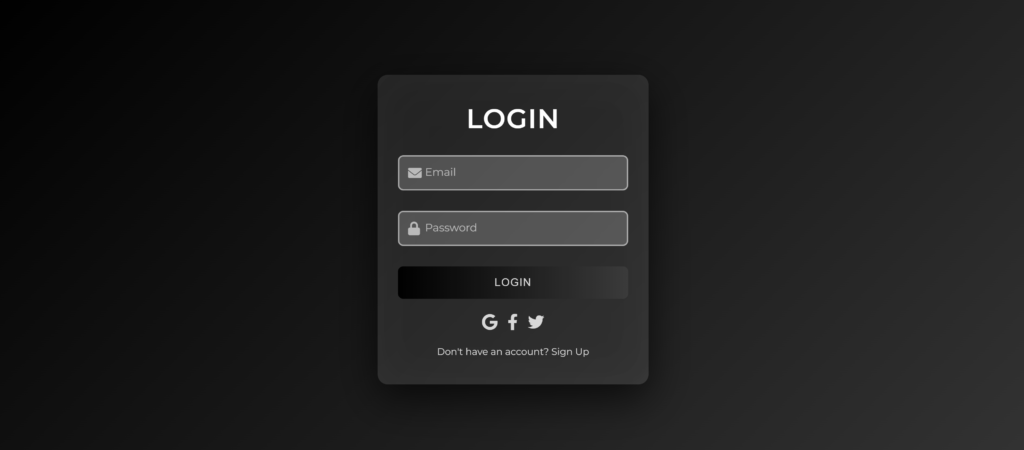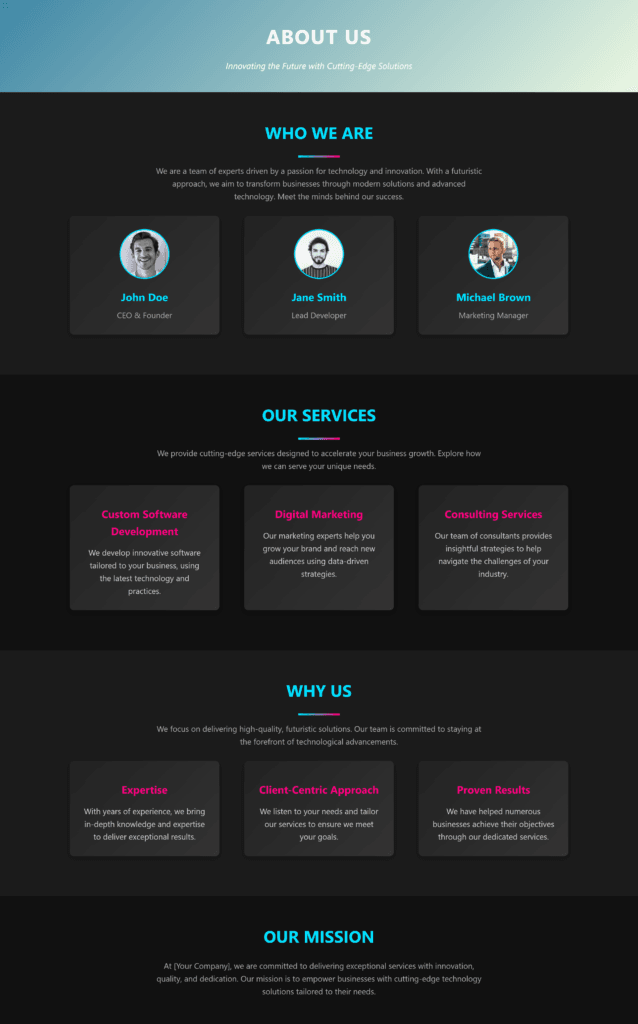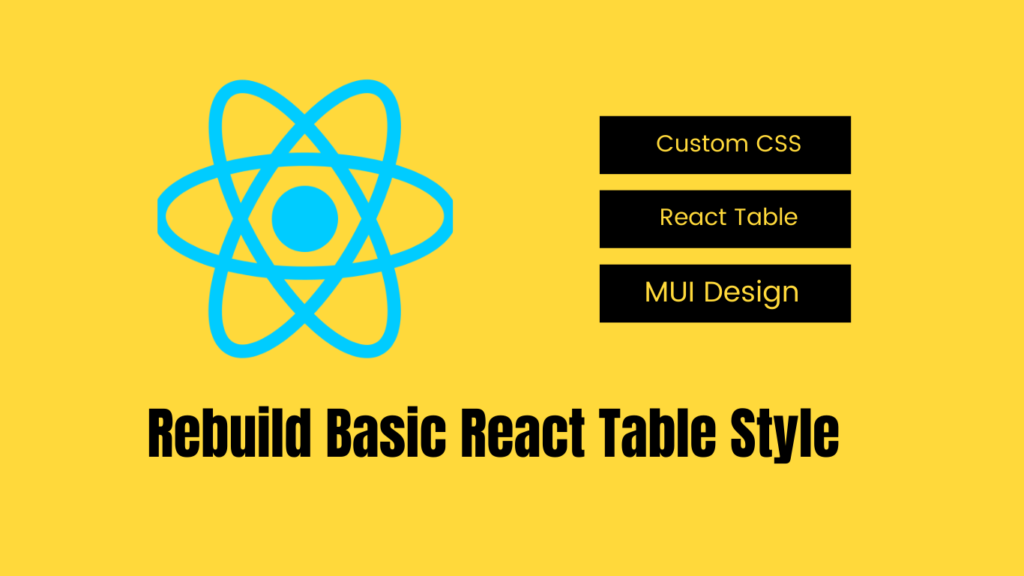CSS frameworks have become an essential tool for modern web development. They help developers create responsive, visually appealing, and consistent designs with minimal effort. In this blog, we’ll explore the top 10 CSS frameworks that can streamline your workflow and elevate your projects. Whether you’re a beginner or an experienced developer, this guide will help you choose the right framework for your needs.
What Are CSS Frameworks and Why Are They Important?
CSS frameworks are pre-prepared libraries that simplify the process of styling web applications. They provide a collection of reusable CSS classes and components, such as grids, buttons, forms, and navigation bars. By using a CSS framework, you can:
- Save time: Avoid writing repetitive CSS code.
- Ensure consistency: Maintain a uniform design across your project.
- Improve responsiveness: Easily create layouts that adapt to different screen sizes.
- Focus on functionality: Spend less time on design and more on building features.
For example, if you’re working on a React project, pairing a CSS framework with tools like React Table Design Ideas can help you create stunning tables quickly.
How to Choose the Right CSS Framework for Your Project
Before diving into the list, it’s important to understand how to select the best CSS framework for your needs. Consider the following factors:
- Project Requirements: Does your project need a lightweight framework or a feature-rich one?
- Learning Curve: Are you comfortable with the framework’s syntax and structure?
- Customizability: Can you easily override default styles?
- Community Support: Is the framework actively maintained and widely used?
For instance, if you’re building a login page, frameworks like Bootstrap or Tailwind CSS can help you implement modern login page designs efficiently.
1. Bootstrap
Bootstrap is arguably the most widely used CSS framework. It offers a comprehensive set of components, utilities, and a responsive grid system.
Key Features:
- Pre-designed components like buttons, modals, and carousels.
- Built-in support for responsive design.
- Extensive documentation and community support.
Use Case:
Bootstrap is ideal for developers who want to quickly prototype or build production-ready applications. For example, you can use it to create a responsive table with cell padding and spacing.
2. Tailwind CSS
Tailwind CSS takes a different approach by providing utility classes instead of pre-designed components. This allows for greater flexibility and customization.
Key Features:
- Utility-first design for granular control over styles.
- Highly customizable with a configuration file.
- No need to write custom CSS for most use cases.
Use Case:
Tailwind is perfect for developers who prefer a hands-on approach to design. It pairs well with tools like Storybook for Material UI in React.
3. Foundation
Foundation is a robust framework designed for building responsive, mobile-first websites. It’s known for its flexibility and advanced features.
Key Features:
- Responsive grid system with customizable breakpoints.
- Pre-styled UI components and templates.
- Built-in accessibility features.
Use Case:
Foundation is a great choice for large-scale projects that require a high degree of customization.
4. Bulma
Bulma is a lightweight, modern CSS framework that uses Flexbox for its layout system. It’s easy to learn and highly modular.
Key Features:
- Flexbox-based grid system.
- Modular structure for importing only what you need.
- No JavaScript, making it lightweight.
Use Case:
Bulma is ideal for developers who want a simple, clean framework without unnecessary bloat.
5. Materialize
Materialize is inspired by Google’s Material Design principles. It offers a rich set of components with a modern, sleek look.
Key Features:
- Material Design components like cards, buttons, and shadows.
- Built-in animations and transitions.
- Responsive grid system.
Use Case:
Materialize is perfect for projects that require a polished, modern design.
6. Semantic UI
Semantic UI focuses on using human-friendly HTML to make code more readable and intuitive.
Key Features:
- Semantic class names for better readability.
- A wide range of UI components.
- Theming support for customization.
Use Case:
Semantic UI is great for developers who prioritize clean, readable code.
7. UIKit
UIKit is a lightweight and modular framework that offers a wide range of components and utilities.
Key Features:
- Modular structure for importing only what you need.
- Customizable themes and styles.
- Built-in JavaScript components.
Use Case:
UIKit is ideal for developers who want a balance between functionality and performance.
8. Pure.css
Pure.css is a minimalist framework that focuses on simplicity and performance.
Key Features:
- Small file size for fast loading.
- Basic components and a responsive grid.
- Easy to customize.
Use Case:
Pure.css is perfect for small projects or when performance is a priority.
9. Skeleton
Skeleton is a lightweight boilerplate for building responsive websites.
Key Features:
- Minimalist design with only the essentials.
- Responsive grid system.
- Easy to learn and use.
Use Case:
Skeleton is ideal for small projects or prototypes.
10. Milligram
Milligram is another minimalist framework that provides a clean starting point for web projects.
Key Features:
- Small file size and fast performance.
- Simple and intuitive syntax.
- Responsive grid system.
Use Case:
Milligram is great for developers who want a no-frills framework.
Pros and Cons of Using CSS Frameworks
Pros:
- Faster Development: Pre-built components save time.
- Consistency: Ensures a uniform design across the project.
- Responsiveness: Built-in support for responsive design.
Cons:
- Bloat: Some frameworks include unnecessary code.
- Learning Curve: Requires time to learn the framework’s syntax.
- Customization Limits: Default styles may not suit all projects.
Conclusion
Choosing the right CSS framework depends on your project’s requirements and your personal preferences. If you need a feature-rich framework, Bootstrap or Foundation might be the best choice. For more control and customization, Tailwind CSS or Bulma are excellent options.
If you’re just starting out, consider experimenting with lightweight frameworks like Skeleton or Milligram.
Ultimately, the best CSS framework is the one that helps you achieve your goals efficiently. Happy coding!






